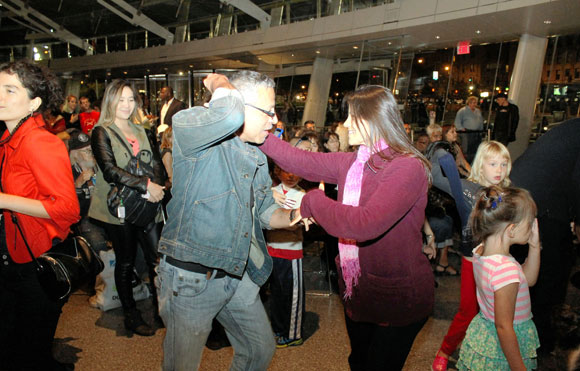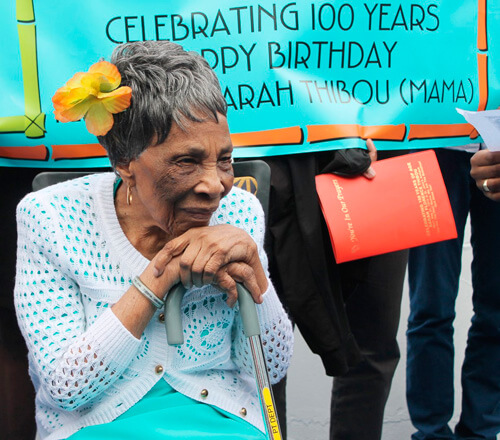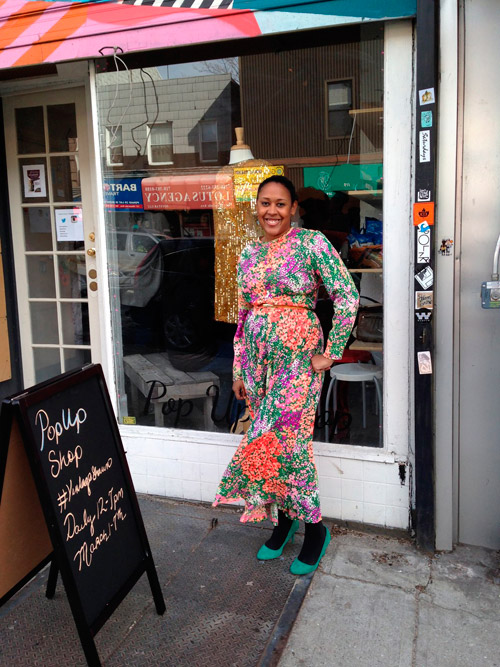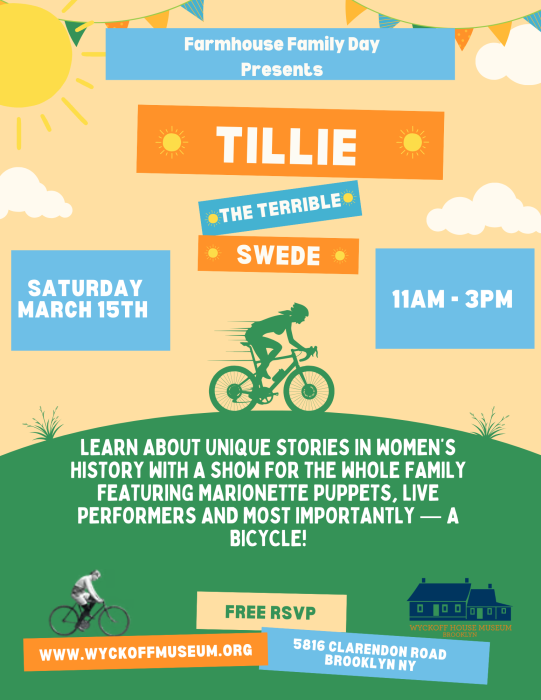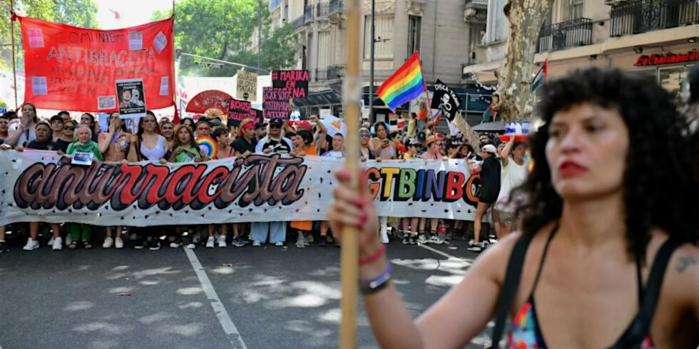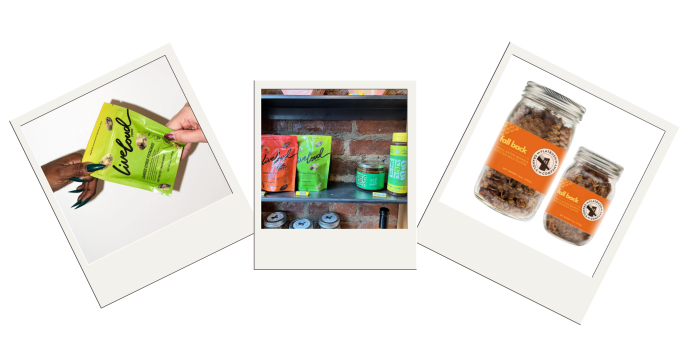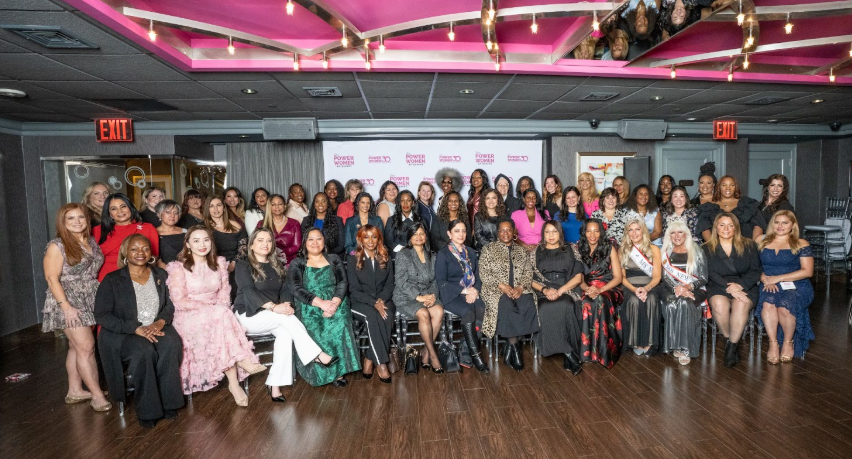¡Viva Brooklyn! caribBEING held its fourth partnership event with leading cultural institution, Brooklyn Museum on Saturday, Oct. 4, 2014 from 4:30 p.m. – 7:00 p.m. The organization was excited about kicking off the fall, celebrating and highlighting the cultural contributions of communities from Mexico, the Caribbean, and Central and South America. The event was filled with a vibrant collection of music, dance, interactive performances and films throughout the museum.
There was an artist performance by Crossing Brooklyn artist Miguel Luciano for Pimp My Piragua, a public art project where the artist serves piraguas (shaved ice) from his custom-built tricycle, honoring the spirit and innovation of Latino street vendors. Arturo O’Farrill’s Afro Latin Jazz Ensemble and The Fat Afro Latin Jazz Cats Youth Orchestra, both Afro Latin Jazz Alliance ensembles, presented a lively and engaging set.
William Caballero screened his latest film, “How You Doin’ Boy? Voicemails from Gran’pa,” and spoke about how Puerto Rican American culture influences his work. Flamenco Vivo Carlota Santana presented Bailes de Ida y Vuelta, a performance exploring the Latin American influences on flamenco. Brooklyn-based band La Mecánica Popular blended ‘70s-style salsa with the new wave of tropical sounds.
CaribBeing also presented “Music for (prepared) Bicycles,” a film by Ceacilia Trip. “Music for (prepared) Bicycles” is a participatory project using a sonic bicycle to draw a musical score onto a large canvas. Co-presented by caribBEING, Caecilia Tripp showed the film of the New York performance of “Music for (prepared) Bicycles” (after John Cage & Marcel Duchamp), produced in collaboration with the Puerto Rican Schwinn Bike Club. Shelly Worrell, founder and chief executive of caribBeing said that even though Trip is from Europe, much of her work centers around the Caribbean and much of her subjects have been Caribbean luminaries. Worrell believes that many times the Latin and Hispanic parts of the Caribbean are underrepresented, so when the opportunity presented itself to collaborate with Trip and tie her work to what caribBEING is already doing, she leapt at the chance.
Trip described the film as an art piece that goes beyond borders, by showing how a blue color vehicle such as the bicycle can be used as a tool and sonic instrument for change. Trip believes that the film highlights people’s power and creativity, but more importantly, the film, in her words, “Carries the poetic message of collective imaginary space as a social practice.” In other words, people, with their broad and diverse imaginations have the power and ability to create participatory scores working together for the common cause of a greater good from all different backgrounds and walks of life.




